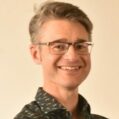

Ten years in the land of giants
The Galapagos Tortoise Movement Ecology Programme (GTMEP) was set up in 2010, and GCT has been supporting the project for over ten years. Henry Nicholls talks to ecologist Stephen Blake about how the project came about, what has been achieved over the last decade and why this work is so important.
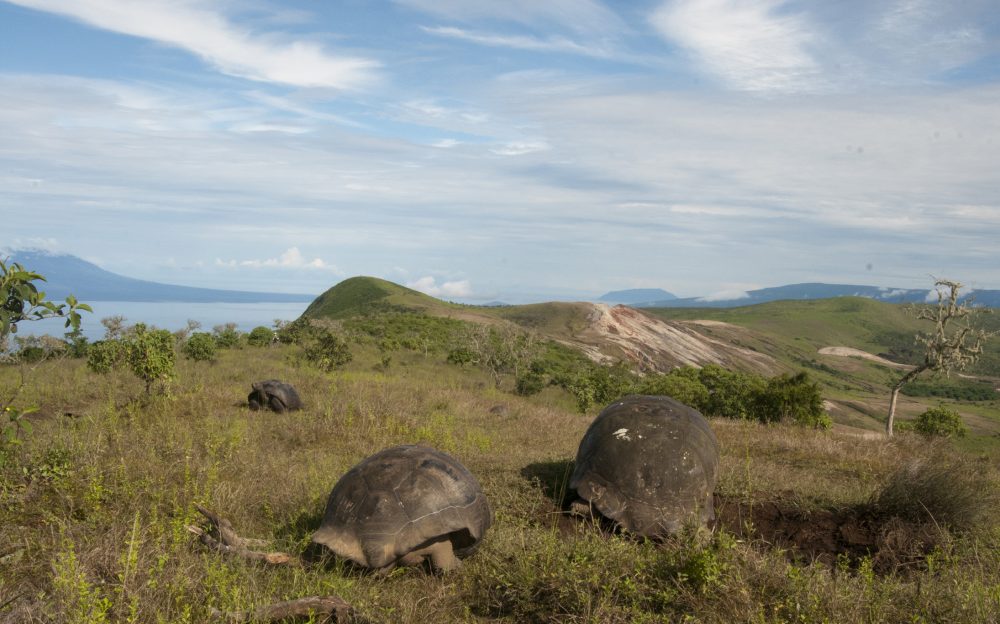
Henry: Before coming to Galapagos, you’d spent much of your career working on forest elephants in the Congo Basin in central Africa. Forest elephants and giant tortoises seem like very different study species but there are lots of similarities aren’t there?
Steve: Both are megavertebrates. They are the largest animals by far in their respective ecosystems. Both are keystone species and ecosystem engineers that exert an ecological impact that is disproportionate to their abundance. They both have very broad diets, eating well over 100 species of plant and, when fruit becomes available, will switch their diets to take advantage of these high-value foods. Tortoises and elephants eat way more fruit than any other species in their ecosystems and with a gut full of seeds, they plant them widely as they bulldoze their way through the landscape. That has important implications for the future dynamics of the habitats in which they occur.
Henry: When you began the project in 2010, what did you set out to achieve?
Steve: From Charles Darwin’s observations and those of park rangers and local farmers, we knew that there was a seasonal change in the distribution of tortoises, but we didn’t know the mechanics, energetics or evolutionary basis of these movements. I knew nothing about giant tortoises. I knew nothing about the Galapagos Islands. So, our initial questions were very simple: do tortoises on Santa Cruz island undergo long-distance, seasonal migrations? If they do, who moves, when, where, how and why?
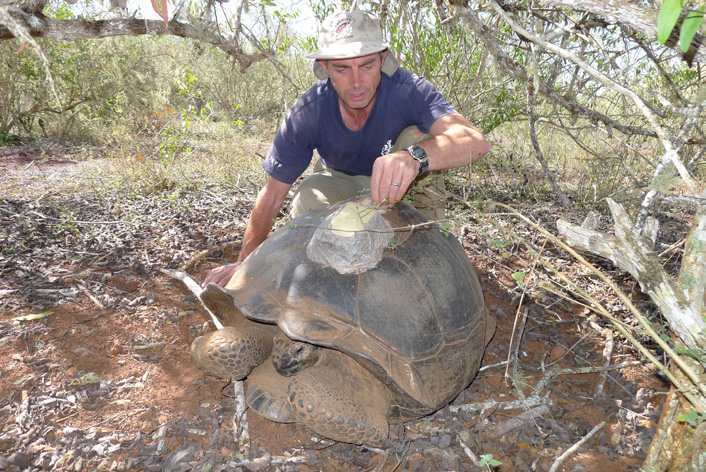
Henry: What did you find and why is this so important?
Steve: By tracking individual tortoises across the landscape on several islands over many seasons, we now understand much better how many factors – temperature, the distribution of food, the location of nesting
sites, the energetics of movement, the health of the tortoise – all determine the movement strategy of a tortoise, including whether it is likely to migrate or not. For some Galapagos tortoise species, migrations are important for their continued survival. However, migration routes can be degraded or even blocked, particularly on the inhabited islands. We now have a management hook to work with farmers, planning committees, local people and the Galapagos National Park (GNP) to minimise potentially negative effects of the very vibrant economic growth, and land use changes, which may impact the ecology of the tortoises.
Henry: What next?
Steve: We’ve now had ten years of building a research agenda that’s made a successful contribution to the management, and therefore conservation, of the Galapagos giant tortoises. We have a bit of a platform now to bring demonstrable technical knowledge to the table. Importantly, we have now passed on the mantle of GTMEP principal investigator to Jorge Carrión, a highly respected Galapageño who used to be director of the GNP. We have the potential to influence big decisions on the future of Galapagos that were unimaginable to us a decade ago. Hopefully we can help to integrate the needs of tortoises into the planning processes that will decide the ecological and socioeconomic future of the Archipelago.
The article Ten years in the land of giants originally featured in the Autumn/Winter 2020 issue of Galapagos Matters and has been adapted slightly for this blog.
The Galapagos Tortoise Movement Ecology Programme is a multi-institutional collaboration among the Charles Darwin Foundation, the Max Planck Institute of Ornithology, the Galapagos National Park, Saint Louis Zoo Institute for Conservation Medicine, the Houston Zoo and Galapagos Conservation Trust.
How you can help
You can help us protect Galapagos giant tortoises by donating today or by purchasing one of our Galapagos giant tortoise adoptions.
Related articles

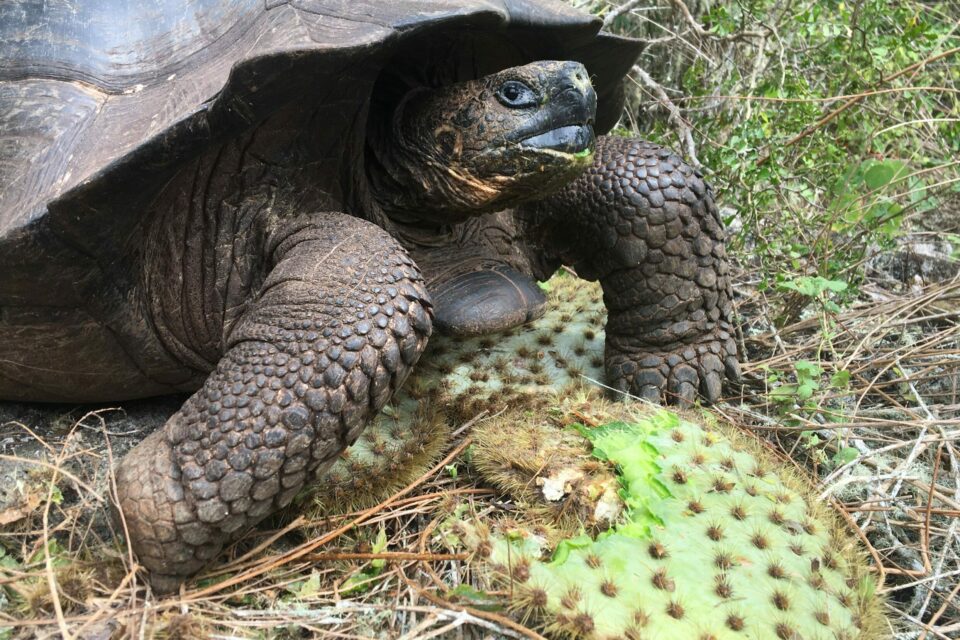
Galapagos giant tortoises: An update from the field
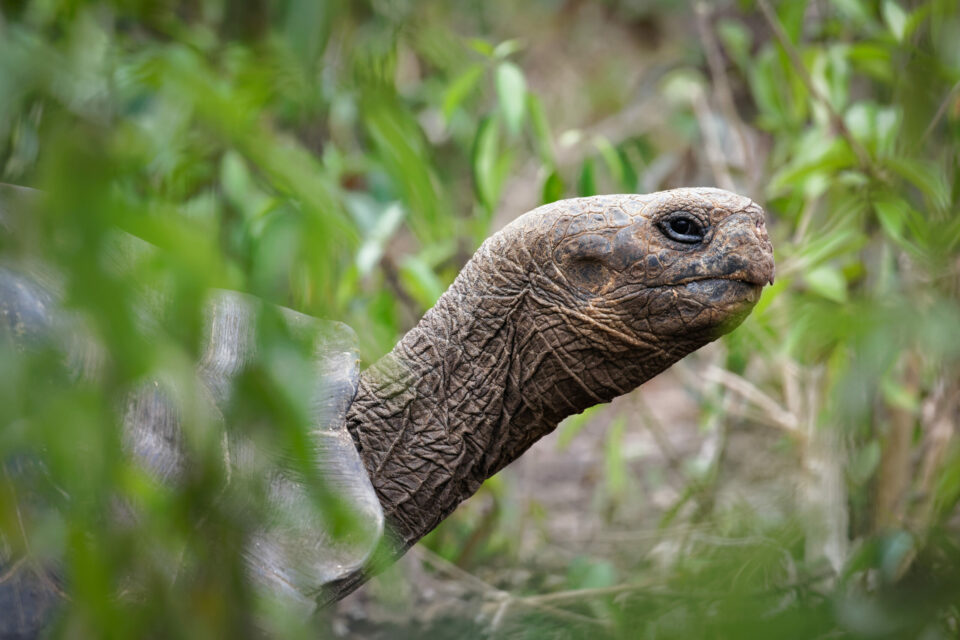
Meet the six Galapagos species you can adopt with GCT

